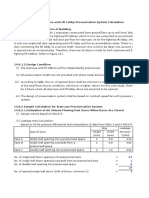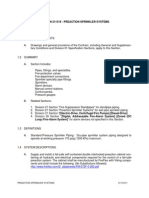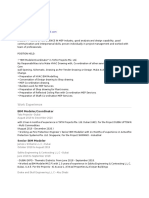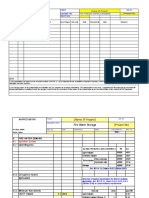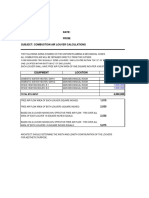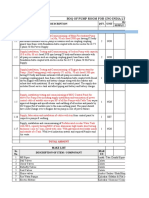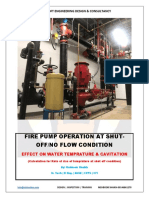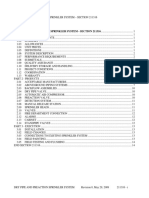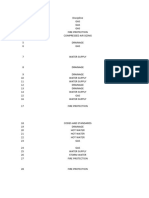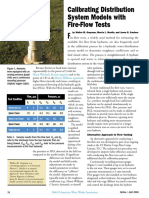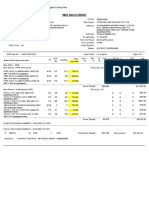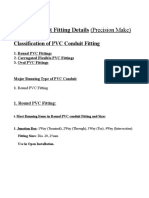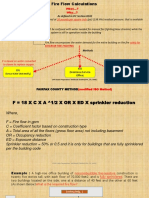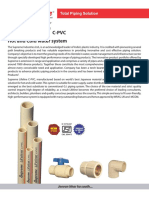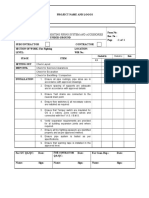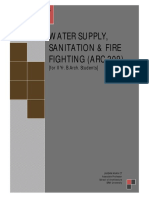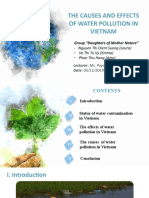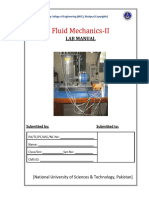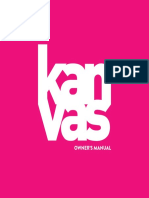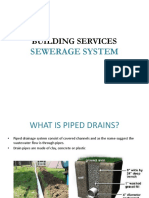0% found this document useful (0 votes)
833 views9 pagesFire Hydrants - Loop Testing
This document discusses testing fire hydrant loop piping by isolating legs of the loop. There are four test methods: 1) isolating each leg and measuring pressure and flow, 2) using two hydrants on a main line, 3) simultaneous flow, and 4) a single hydrant test. Isolating the legs involves shutting valves one at a time and measuring static pressure, residual pressure, and flow to check for restrictions or leaks that could impact firewater supply. Identical static pressures across the three tests of isolating each leg indicates no issues, while pressure drops point to restrictions.
Uploaded by
Nikita KadamCopyright
© © All Rights Reserved
We take content rights seriously. If you suspect this is your content, claim it here.
Available Formats
Download as PDF, TXT or read online on Scribd
0% found this document useful (0 votes)
833 views9 pagesFire Hydrants - Loop Testing
This document discusses testing fire hydrant loop piping by isolating legs of the loop. There are four test methods: 1) isolating each leg and measuring pressure and flow, 2) using two hydrants on a main line, 3) simultaneous flow, and 4) a single hydrant test. Isolating the legs involves shutting valves one at a time and measuring static pressure, residual pressure, and flow to check for restrictions or leaks that could impact firewater supply. Identical static pressures across the three tests of isolating each leg indicates no issues, while pressure drops point to restrictions.
Uploaded by
Nikita KadamCopyright
© © All Rights Reserved
We take content rights seriously. If you suspect this is your content, claim it here.
Available Formats
Download as PDF, TXT or read online on Scribd
/ 9

